Coffee pull-things that must be paid attention to!
Before we start to learn, let's first take a look at the origin of the coffee flower:
In fact, there has never been a very clear literature on the origin of the coffee flower. We only know that at that time in Europe and the United States, the coffee flower was the difficult professional technology displayed during the coffee performance, and such innovative skills, the difficult technology displayed, * shocked the coffee industry at that time, and received public attention from the very beginning. All people are deeply attracted by the magical and gorgeous skills of coffee flower drawing.
In Europe, the United States and Japan, there are many professional coffee books that introduce the basic technology of "Latte Art", and there are many coffee-related books that use coffee flower as a professional symbol on the cover, and coffee flower has become a necessary technology in all kinds of competitions nowadays.
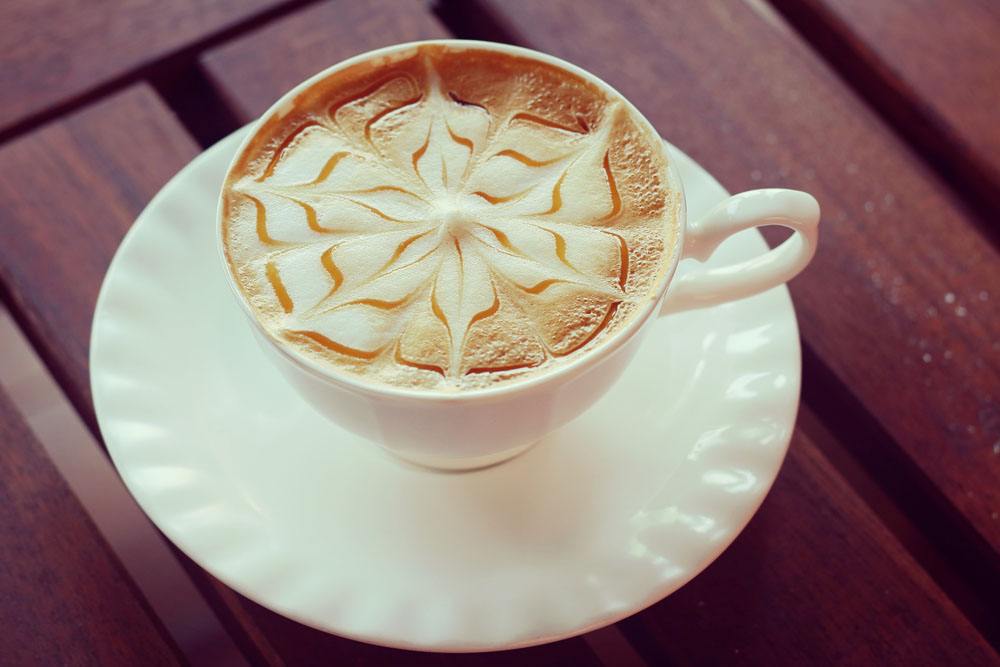
There are three basic patterns in the coffee flower, namely, the heart, leaves and tulips, which are the three techniques.
I think of the process of making a cup of lace coffee as two stages: the first stage is "integration", and the second stage is "injection molding", which is what we call it.
Next, I will divide the flower into two stages to introduce and explain, and then refine each stage to each step and key points and matters needing attention, so that you can understand it more easily.
First of all, let's talk about the focus of "integration":
► 1. Cup height: refers to the distance between the milk jar and the coffee cup, the distance between the normal milk jar and the coffee cup is about 5mur10 cm (reference), it should be the distance between the cylinder mouth and the coffee liquid level. Each person is different at this point, there is no exactly the same height and distance, there is no fixed height, but the purpose is only one point, that is, to fully integrate milk foam and coffee, because the density of milk foam is small and light, when we merge, we often choose to increase the distance between the milk tank and the coffee surface to avoid destroying the cleanliness and color of the oil. So we have to understand that the thicker the bubble, the higher the distance (impact). On the contrary, the thinner the bubble, the lower the distance.
► 2. Milk flow size: refers to the thickness of the milk flow when pouring the milk in the milk jar into the coffee cup, the normal reference value is: the milk flow is a little thinner under constant conditions. The purpose of the milk flow size is to ensure that the cleanness and color of the oil will not be destroyed while fully merging the milk foam and coffee. The coarse milk flow will have a greater impact and will have a certain chance of breaking into the bottom of the cup to produce turbulence. Therefore, we will generally choose a finer milk flow to carry on the fusion. If we are more flexible, the size of the milk flow should match the quality of the milk foam. For example, if the milk foam is too thick, we need higher distance and finer milk flow, on the contrary, we can choose micro-coarse milk flow and closer milk flow to merge.
► 3. Fusion techniques: fusion techniques are roughly divided into three kinds: one-word fusion method, circle fusion method, fixed-point fusion method. These techniques do not have a great impact on the liquidity of the flower. First of all, let's talk about the difference between the three methods, the one-word fusion method is to remove the fusion by swinging left and right on a line, which greatly reduces the area of oil damage and achieves the purpose of fusion. Circle fusion method is to turn the circle to fusion, this fusion method to a large extent to move on the oil surface to achieve the purpose of fusion. The fixed-point fusion rule is to carry out fusion at a point, which hardly destroys the surface cleanliness of grease and achieves the purpose of fusion. The three fusion methods have their own advantages and disadvantages, and the best effect in terms of fusion state and uniformity is the circle fusion method (that is, large area de-fusion). The reason is very simple, the larger the fusion area, the easier it is to fully integrate milk foam and coffee. Fixed-point fusion and one-word fusion requires super grease and very good milk foam. Therefore, it is recommended to circle a large area to merge.
► 4. Fusion quantity: refers to how many milk bubbles are fused into the cup, and the amount of fusion liquid mainly affects the fluidity of the liquid surface during flower drawing (the following example assumes that grease, milk foam and fusion techniques are consistent).
The process of fusion is actually the process of pouring milk into Espresso:
The amount of fusion liquid = the number of milk bubbles poured in = the fluidity strength of the liquid surface.
Less fusion liquid (that is, less milk bubbles poured in), less bubbles on the liquid surface and less resistance, so the fluidity is high.
If there is more fusion liquid (that is, more milk bubbles are poured into it), the more bubbles on the liquid surface, the greater the resistance, so the fluidity is low.
Therefore, the amount of the fusion liquid is different, and the fluidity of the liquid surface is also different.
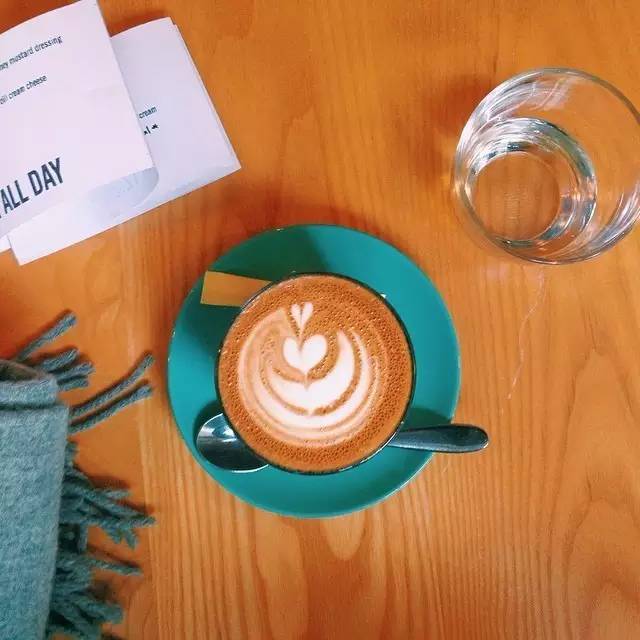
In the style of flower drawing, there are also several schools. Let's compare the fusion weight of Japanese and Korean patterns:
The main feature of the Japanese style pattern is that it covers a large area, and it is conceivable that a large range of patterns need a liquid surface with high mobility, so the fusion weight of the Japanese pattern is usually less.
The main feature of the Korean style is that the pattern is neat and symmetrical, and the pattern with high symmetry needs a liquid surface with low mobility. So there are usually a lot of Korean pattern fusion weight.
So when we pull flowers, we choose the appropriate amount of fusion according to the effect we want (mobility). One of my favorite words about fusion is to think of integration as building and laying foundations, the more the foundation of fusion, the more stable the foundation. The less the fusion, the stronger the mobility of the foundation.
The above are several details of the fusion, and after the fusion, it is time to draw flowers. Let's talk about the details of injection molding.
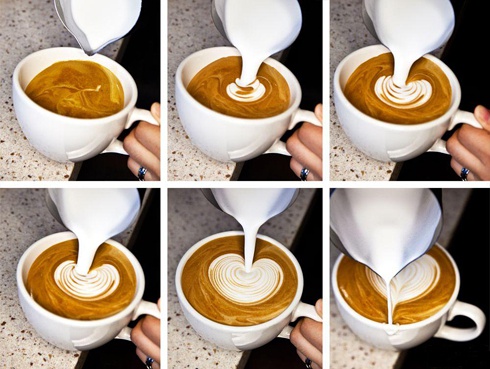
Injection molding:
► 1. Blossom point: refers to the point from which the liquid surface is used to shake the flower, the flowering point determines the final position of the pattern in the cup, and the flowering point of the heart-shaped flower is usually in the middle of the distance between the center of the liquid surface and the cup wall. (the flowering point is completely flexible, as long as we know that the flowering point determines the location of the pattern. If we use words to say where to die, it will be a bit wrong for the children.)
► 2. The distance between the milk tank and the liquid surface: after finding the right blooming point, the next step is to shake and draw the shape. At this time, the height of the milk tank must be lowered so that the tip of the milk tank touches the liquid surface closely. The closer the distance is, the easier it is to draw a picture. If the distance is too high, there will be a greater impact will not be shown.
► 3. Dithering method: many beginners will have a misunderstanding about the shaking of the milk tank. The correct way to shake the milk tank is to shake the milk tank uniformly on the axis of the handle like a pendulum rather than the translation of the whole milk tank. It's not like shaking your head from side to side. When making a heart-shaped pattern, you should swing at a fixed point, that is, do not move forward or backward when swinging.
► 4. The size of milk flow when shaking flowers: when making heart-shaped flowers, the milk flow is relatively large, the heart is fuller, more round and the lines are more obvious. If the milk flow is too small when shaking flowers, the heart will be flatter, smaller or even more likely to be crooked. So shake out the picture to be relatively large milk flow. The greater the milk flow, the more the milk will arc forward when it comes out of the cup, and the smaller the milk flow, the milk will stay vertically after coming out of the cup.
► 5. Ending: ending means that after 99% of the pattern production is completed, there is only 1% left at the end of the pattern production. Although there is only 1%, many beginners either spill coffee into the cup or cause the whole heart to become deformed and lengthened at the final closing moment. At the end, it must be steady and accurate. "steady" means to pull up the milk tank, and at the same time, the hand should be steady and do not let the milk flow shake and move. "accurate" means to find the right dividing line in the middle of the heart, raise the milk tank to keep the fine milk flow straight and pull it to the end! (perfect)!
The above is a personal understanding and description of the production of coffee heart-shaped flowers. I hope that the majority of friends will not take detours. I hope they can help you and make more good-looking patterns.
Important Notice :
前街咖啡 FrontStreet Coffee has moved to new addredd:
FrontStreet Coffee Address: 315,Donghua East Road,GuangZhou
Tel:020 38364473
- Prev
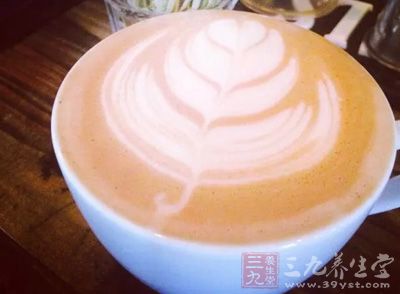
A few steps to coffee making.
There are many types of coffee, with many different tastes, coffee has become an indispensable drink in people's lives. When drinking coffee, we will see the barista make some beautiful coffee flowers. Do you know the practice of coffee flowers? Today, Xiaobian will introduce you to a coffee pulling method. Coffee flower practice one: let coffee beginners know coffee first
- Next
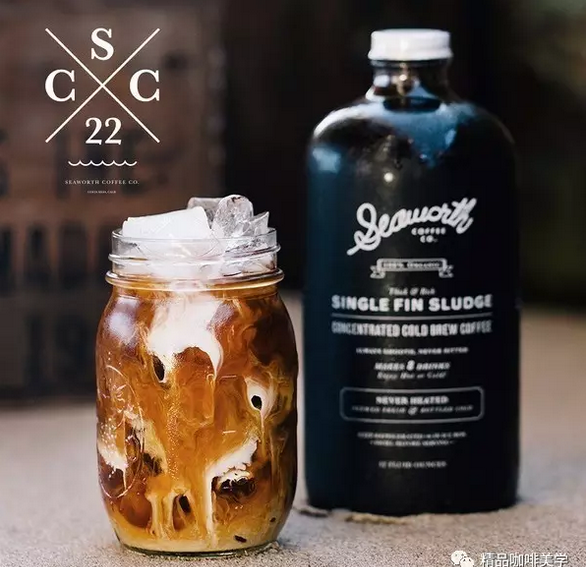
Summer Bigger? All knowledge about cold coffee is here.
Summer comes fast, people are caught off guard, in many summer iced coffee, cold extract coffee since its birth has never dimmed its charm. What is cold coffee? Cold Brew Coffee, English name Cold Brew Coffee, is ground coffee beans soaked in cold water for at least 12 hours, extracted and filtered by professional equipment. If you want a higher degree of maturity, you can also
Related
- Beginners will see the "Coffee pull flower" guide!
- What is the difference between ice blog purified milk and ordinary milk coffee?
- Why is the Philippines the largest producer of crops in Liberia?
- For coffee extraction, should the fine powder be retained?
- How does extracted espresso fill pressed powder? How much strength does it take to press the powder?
- How to make jasmine cold extract coffee? Is the jasmine + latte good?
- Will this little toy really make the coffee taste better? How does Lily Drip affect coffee extraction?
- Will the action of slapping the filter cup also affect coffee extraction?
- What's the difference between powder-to-water ratio and powder-to-liquid ratio?
- What is the Ethiopian local species? What does it have to do with Heirloom native species?

